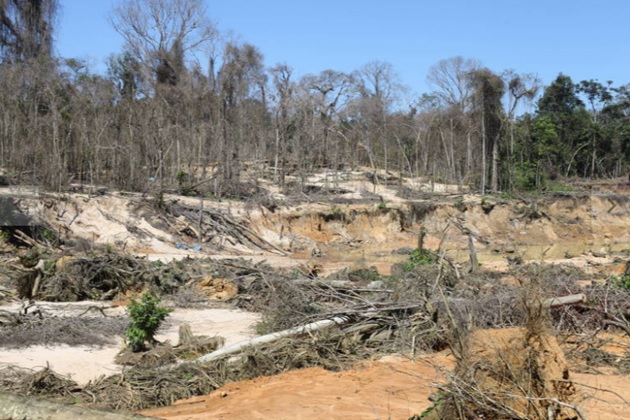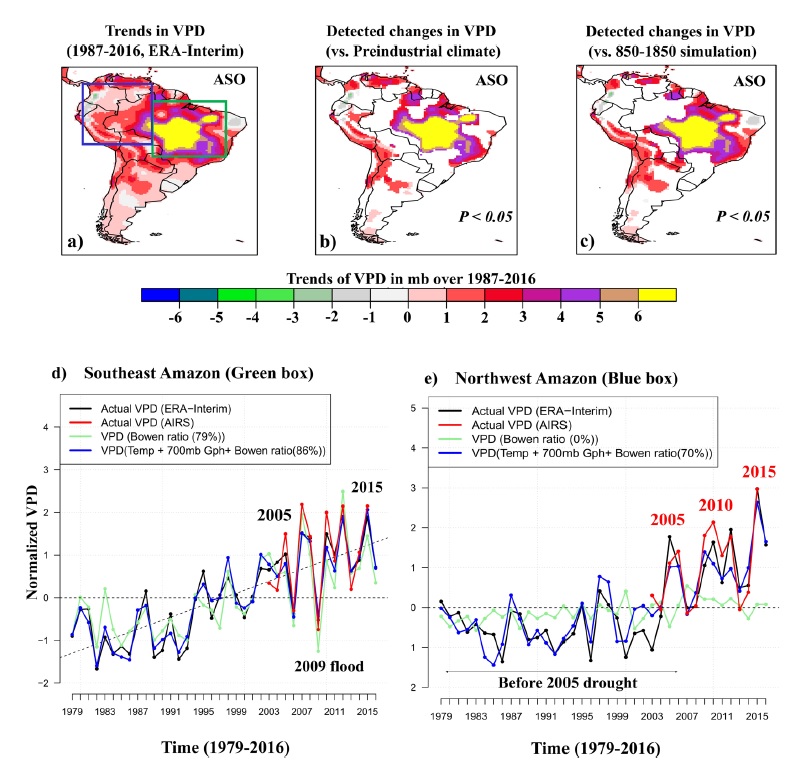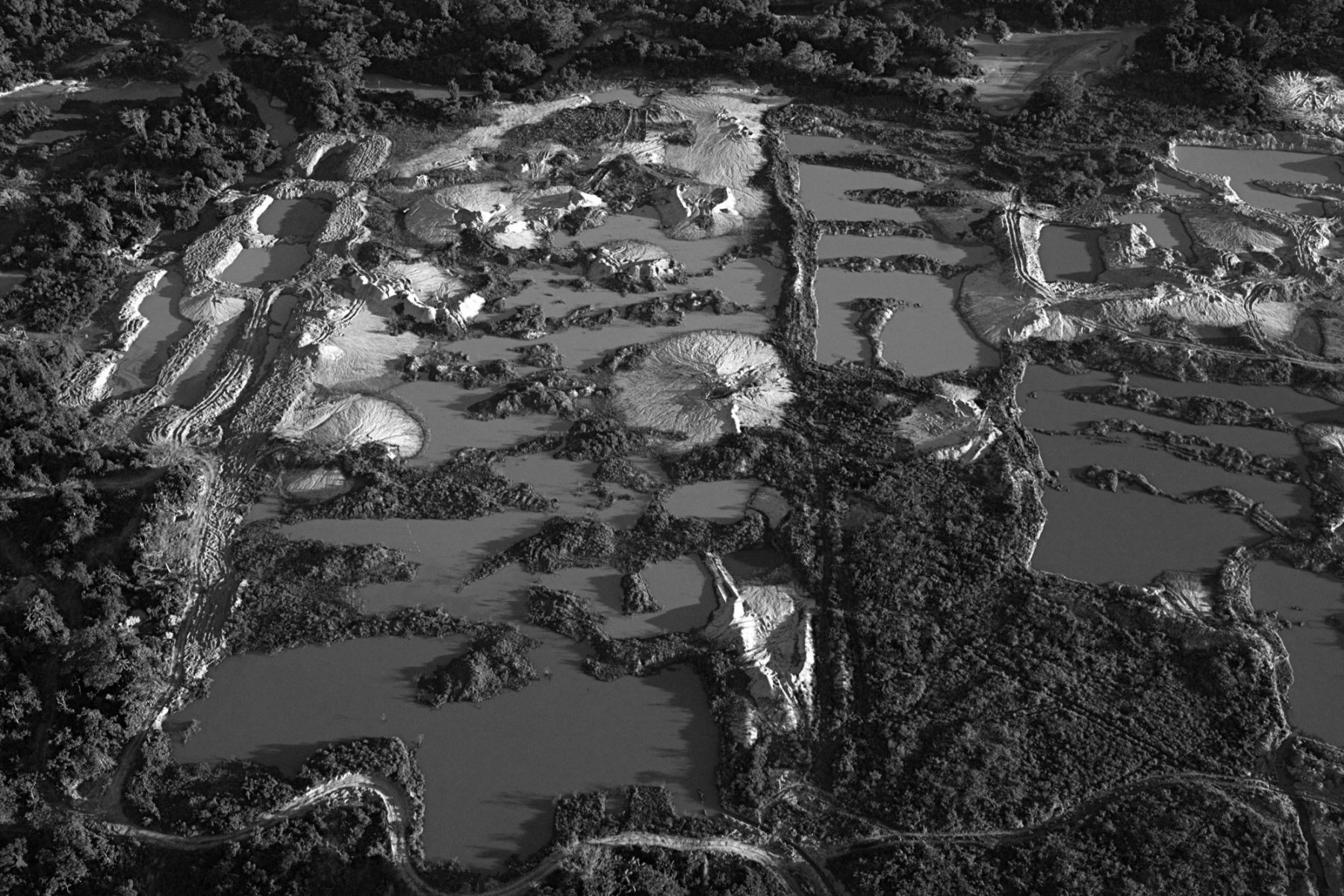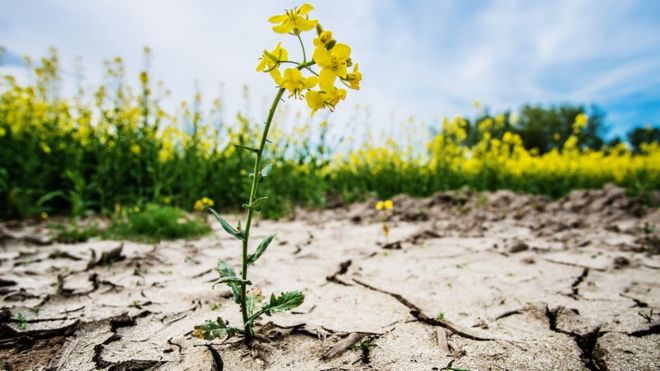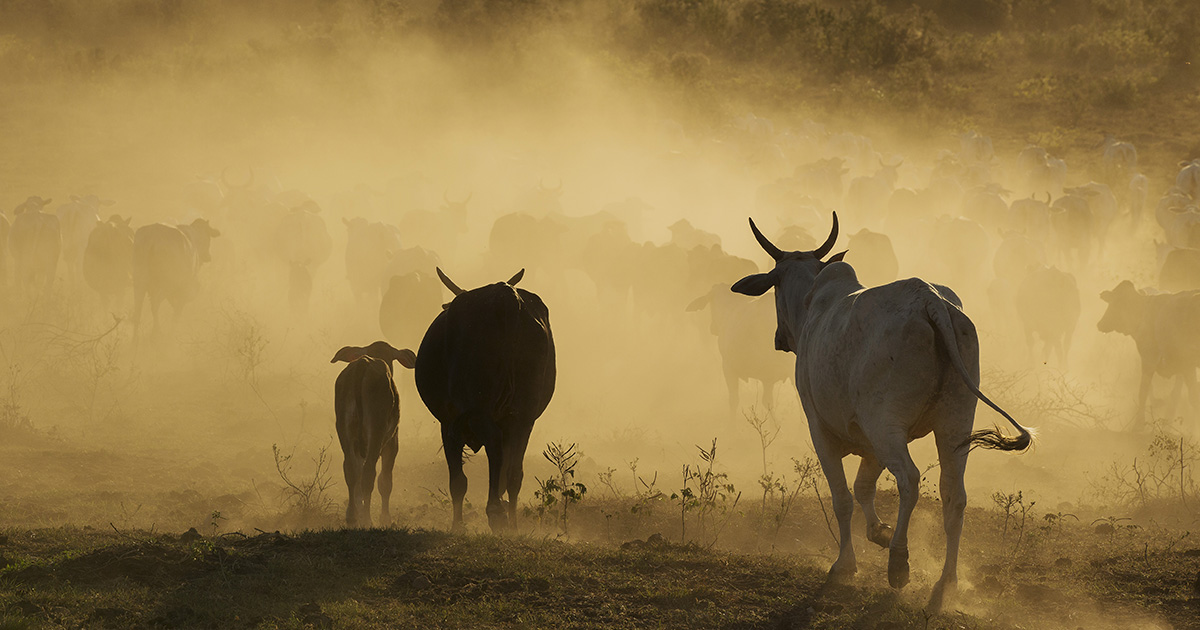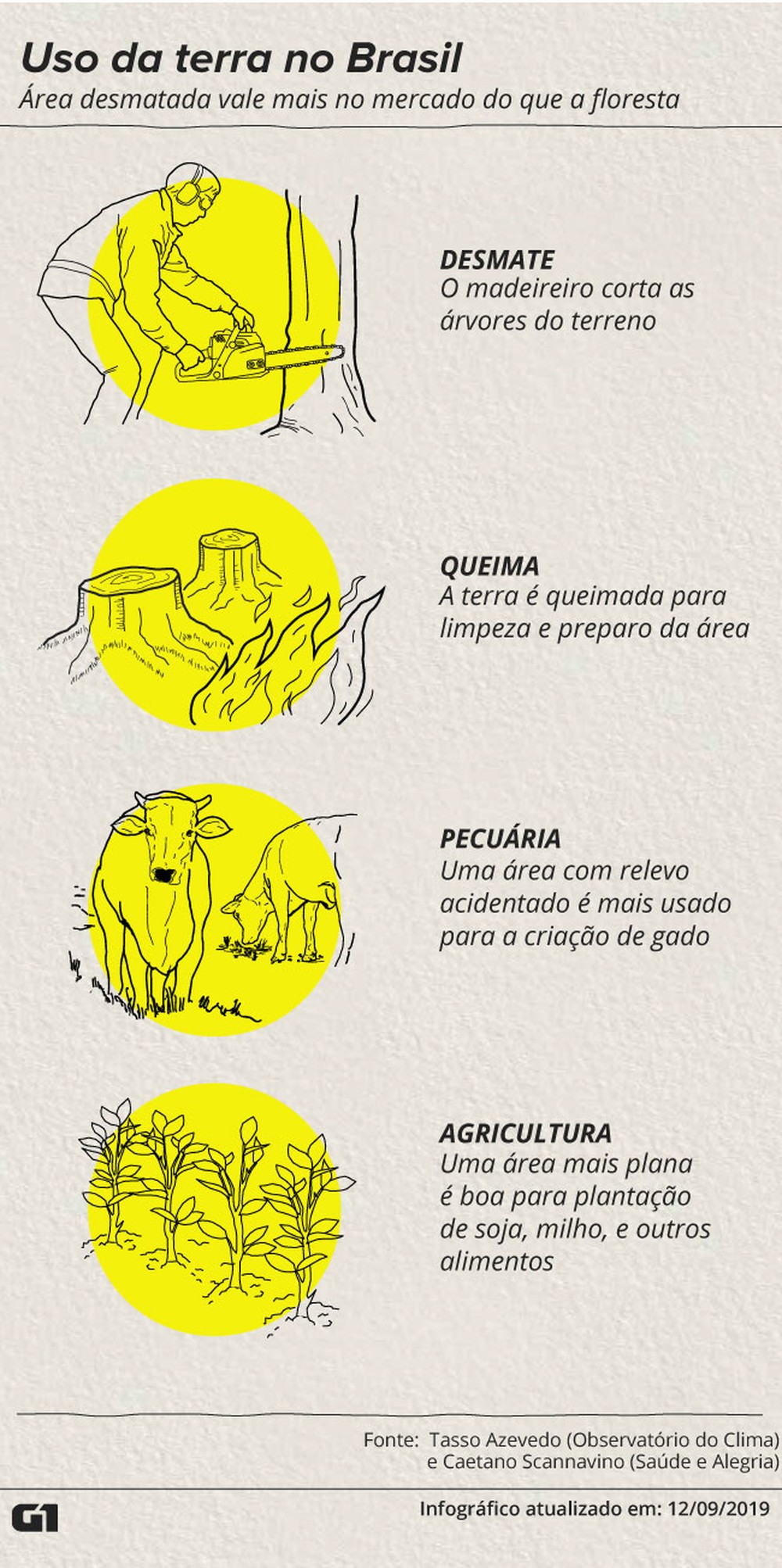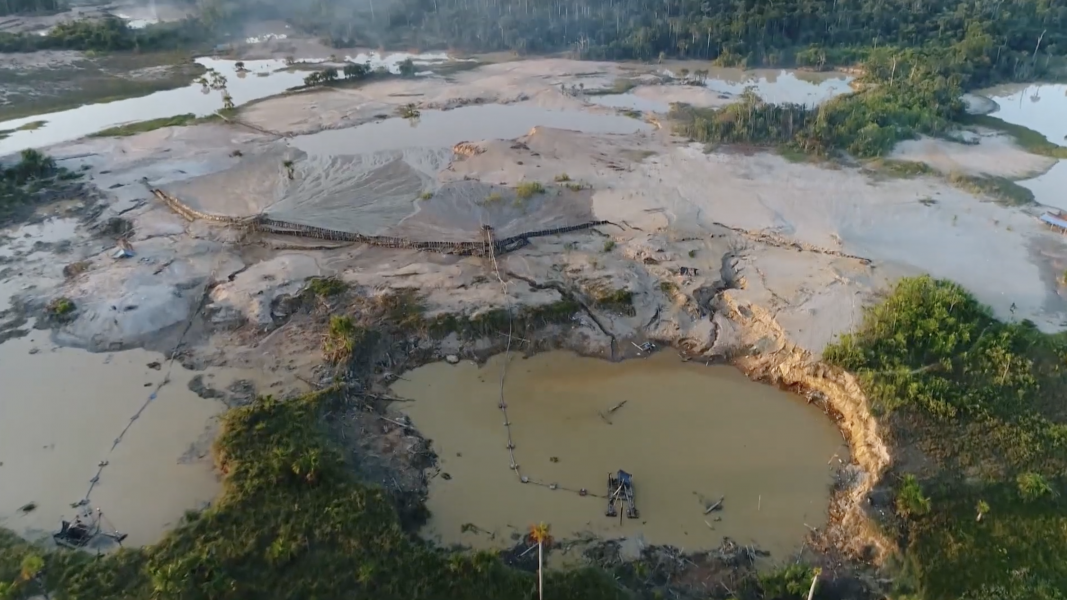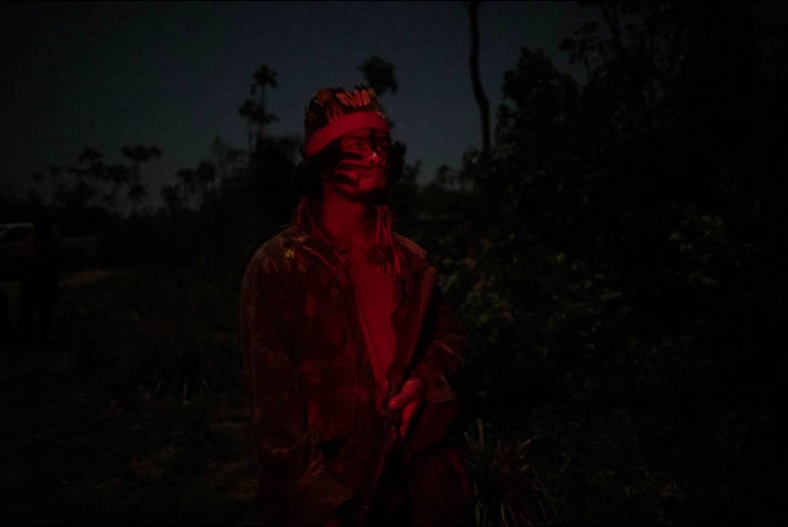One day in 2014, Belém, a member of Brazil’s Kayapo tribe, went deep into the forest to hunt macaws and parrots. He was helping to prepare for a coming-of-age ceremony, in which young men are given adult names and have their lips pierced. By custom, initiates wear headdresses adorned with tail feathers. Belém, whose Kayapo name is Takaktyx, an honorific form of the word “strong,” was a designated bird hunter.
Far from his home village of Turedjam, Belém ran across a group of white outsiders. They were garimpeiros, gold prospectors, who were working inside the Kayapo reserve—a twenty-six-million-acre Amazonian wilderness, demarcated for indigenous people. Gold mining is illegal there, but the prospectors were accompanied by a Kayapo man, so Belém assumed that some arrangement had been made. About nine thousand Kayapo lived in the forest, split into several groups; each had its own chief, and the chiefs tended to do as they pleased.
Ever since the Kayapo had come into regular contact with the outside world, in the nineteen-fifties, whites had been trying to extract resources from their forests, beginning with animal skins and expanding to mahogany and gold. In the eighties, some chiefs made easy profits by granting logging and mining rights to outsiders, but after a decade the mahogany was depleted and the price of gold had dropped. After environmental advocates in the Brazilian government brought a lawsuit against miners, the Kayapo closed the reserve to extraction. Since then, though, international gold prices have tripled, to fourteen hundred dollars an ounce, and an influx of new miners have come to try their luck.

